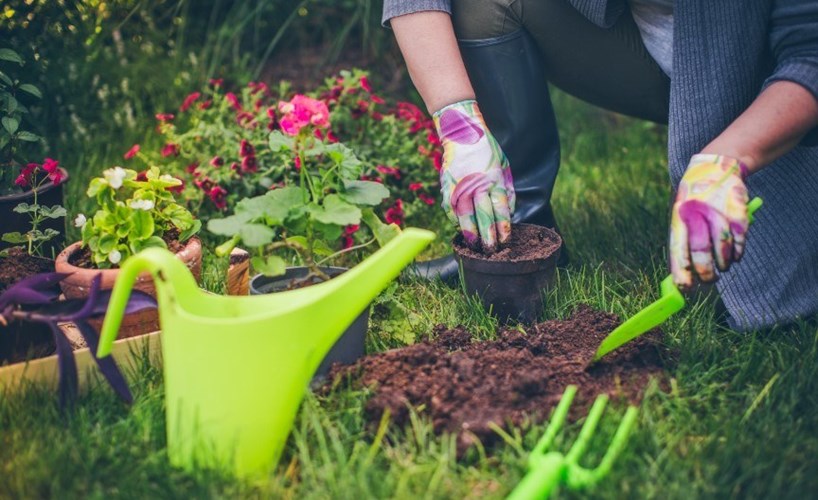
1. Bamboo: A sustainable and durable material that grows rapidly and can be used for flooring, furniture, and even structural elements.
2. Cork: Made from the bark of cork oak trees, it is a renewable resource and can be used for flooring, insulation, and wall coverings.
3. Recycled Steel: Using recycled steel reduces energy consumption and waste, making it an eco-friendly choice for structural elements and building frames.
4. Straw Bales: Straw bales are a sustainable and low-cost building material for insulation and walls, offering excellent thermal performance.
5. Rammed Earth: This ancient technique involves compacting layers of earth to create sturdy walls, providing good insulation and reducing the need for heating or cooling.
6. Hempcrete: Made from the fibrous inner core of the hemp plant mixed with lime and water, hempcrete is a lightweight and sustainable alternative for insulation and wall construction.
7. Reclaimed Wood: Using salvaged or reclaimed wood from old buildings and structures helps reduce deforestation and supports the recycling and reuse of materials.
8. Green Roofing: Roof systems that incorporate living vegetation, such as grass or plants, can provide insulation, reduce stormwater runoff, and improve air quality.
9. Geothermal Heating and Cooling: Utilizing the earth’s natural heat or coolness through geothermal systems significantly reduces energy consumption for heating and cooling buildings.
10. Passive Solar Design: Incorporating architectural design elements to maximize natural heat and light, such as large windows, shading techniques, and thermal mass, can reduce the need for artificial heating and cooling.
